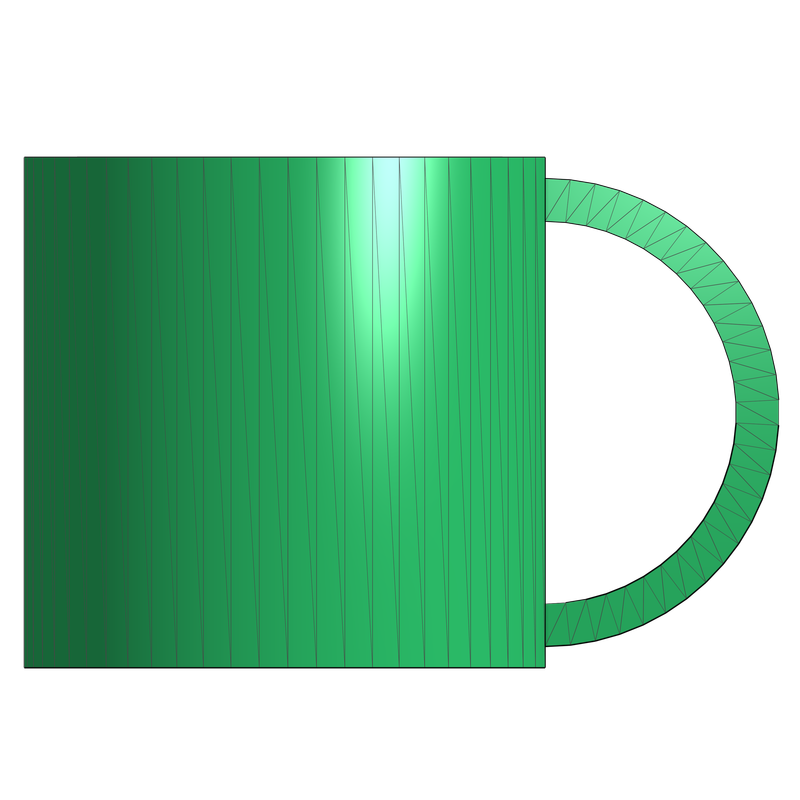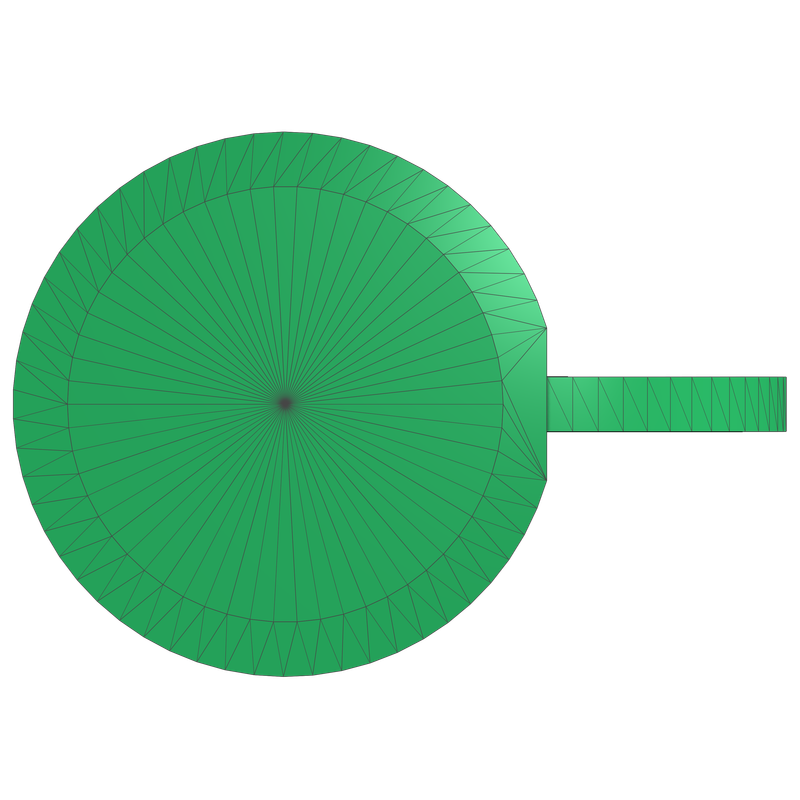STL and STEP files are ubiquitous CAD file types used for design, manufacturing, and simulation.
STL Files
- Similar to pointclouds, list of points/triangles which form shapes
- May or may not be topologically sound
- Designed with minimal information/file size for 3d printing, not for editing
STEP Files
- Precise representations of manifold 3d geometry including validation
- Ubiquitous across software/application (ISO 10303-21)
- Straightforward editing/improvements
STEP, and other solid geometries, are easily converted to STL for 3d printing or other applications. No robust converter exists to rebuild this solid geometry from STEP that includes defect handling and curvature rebuilding.




